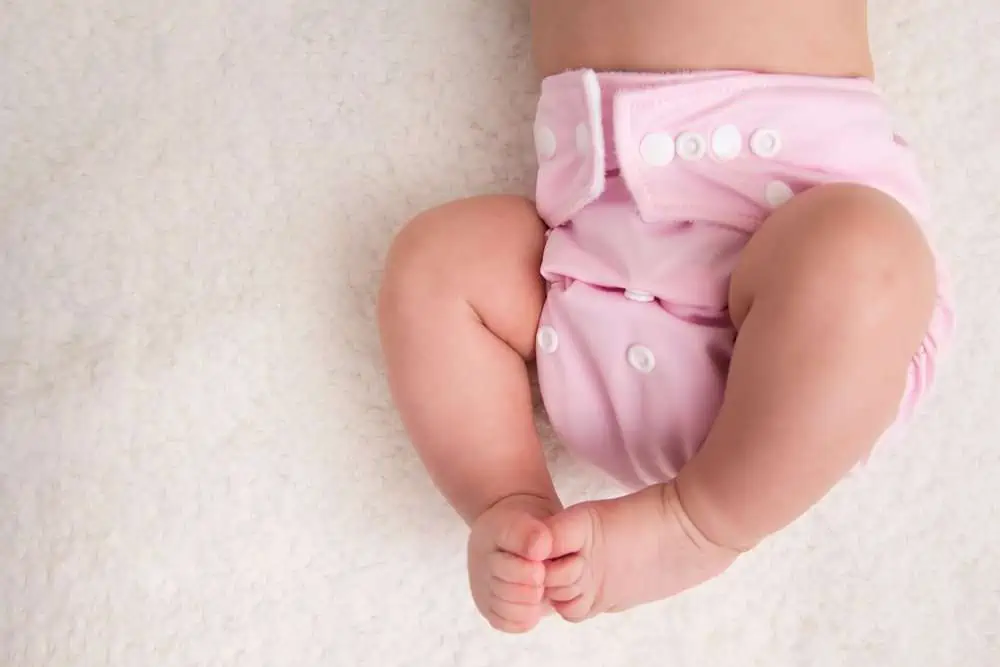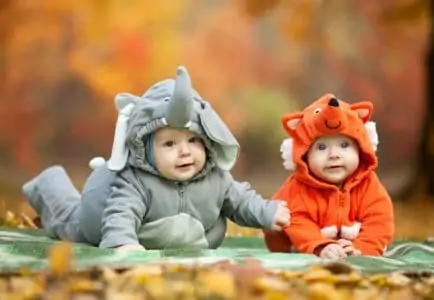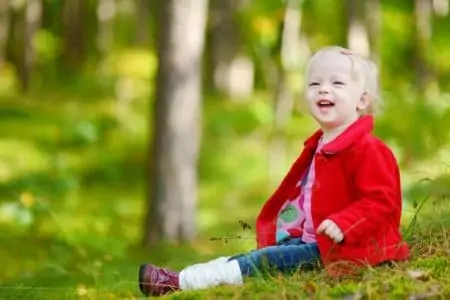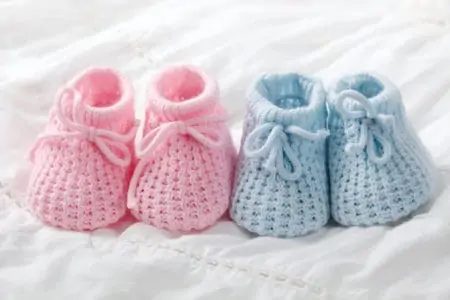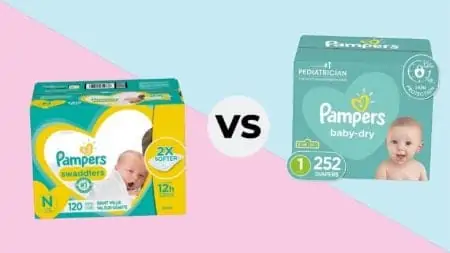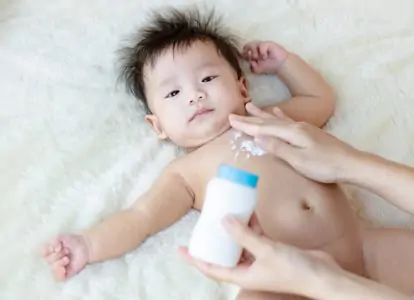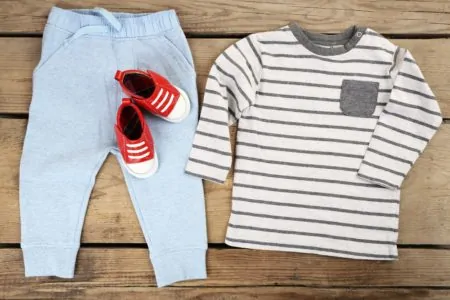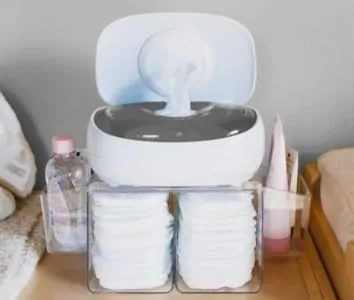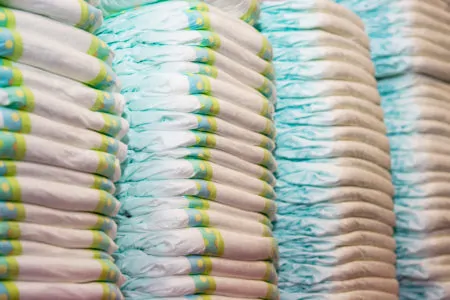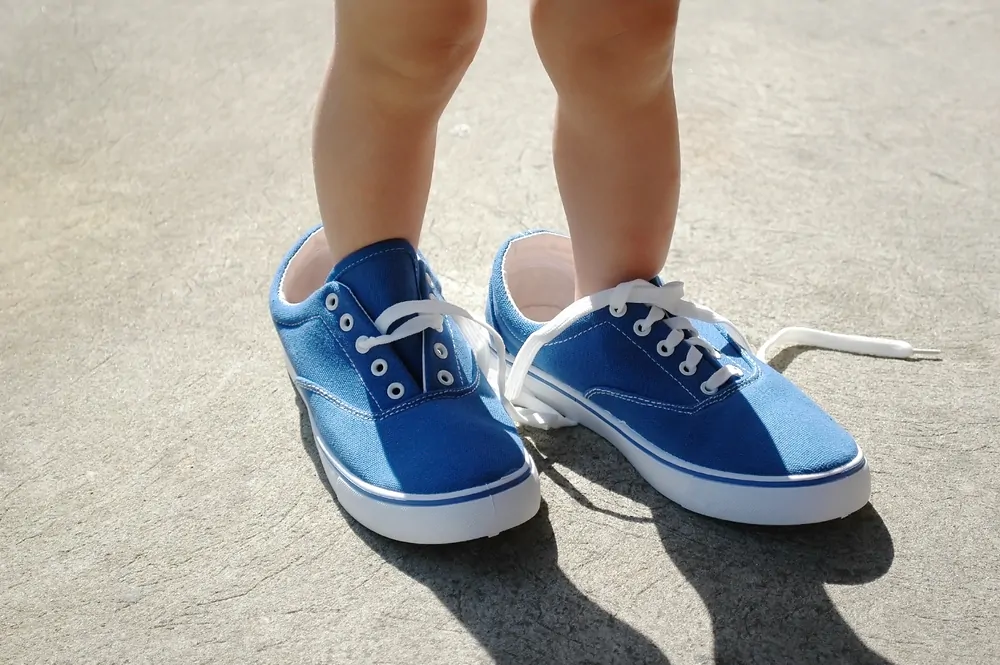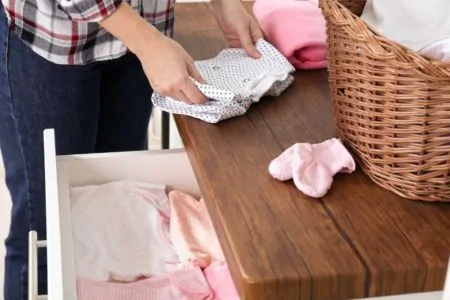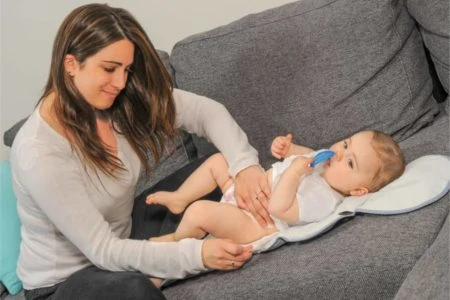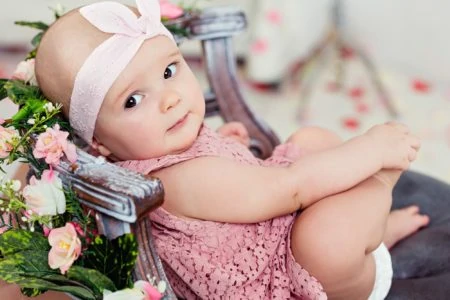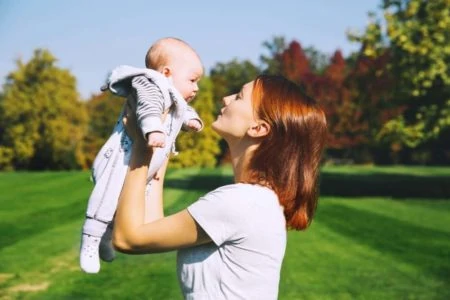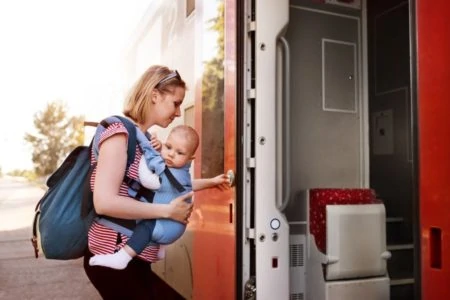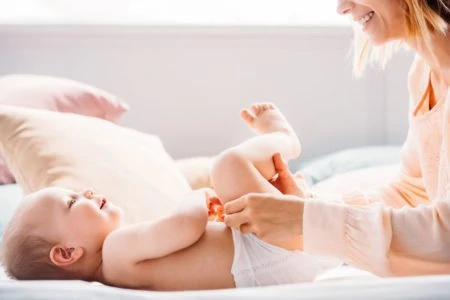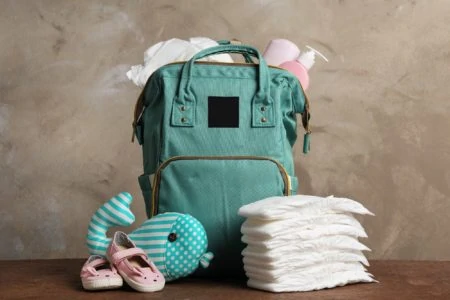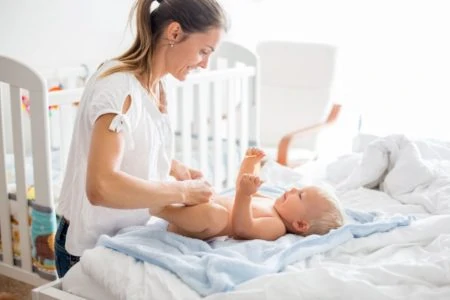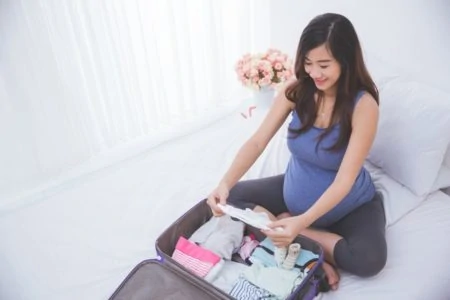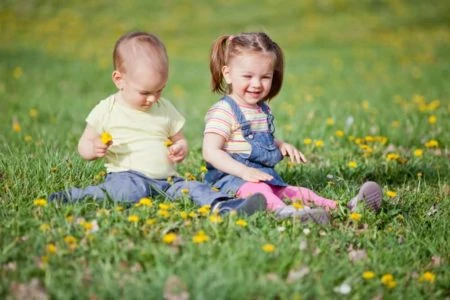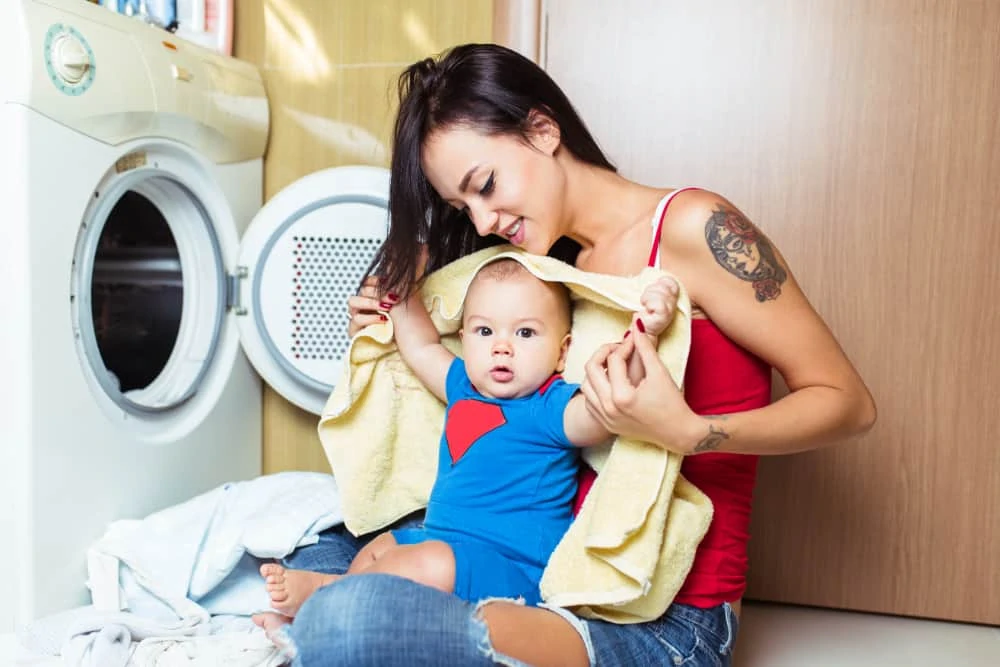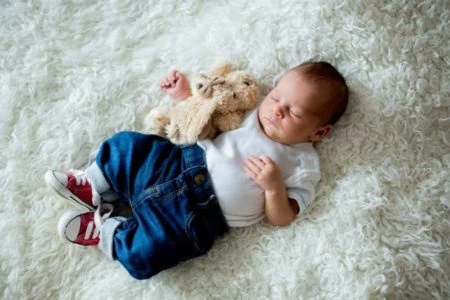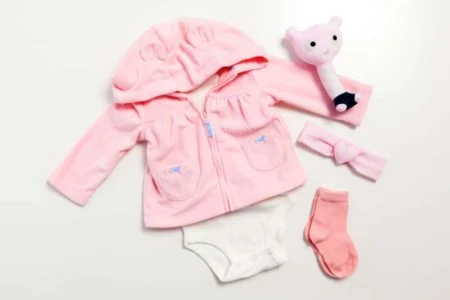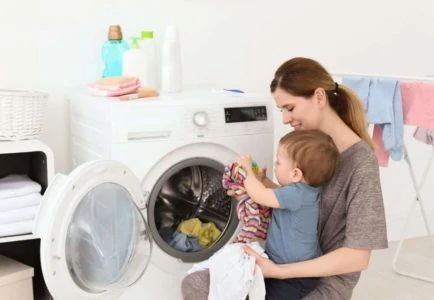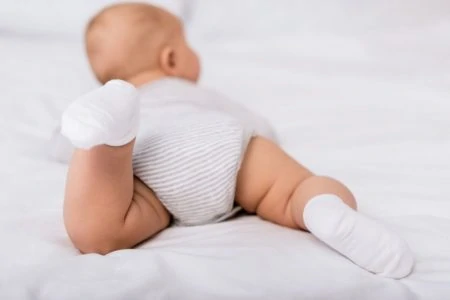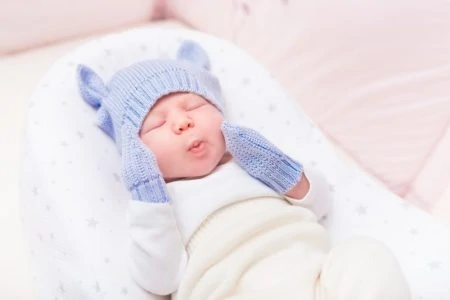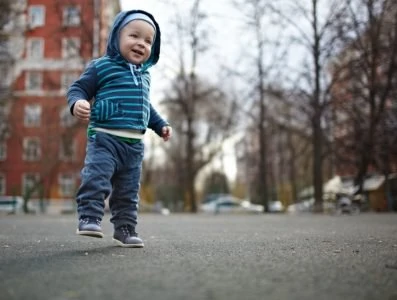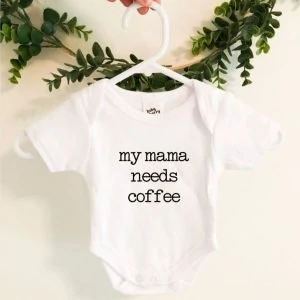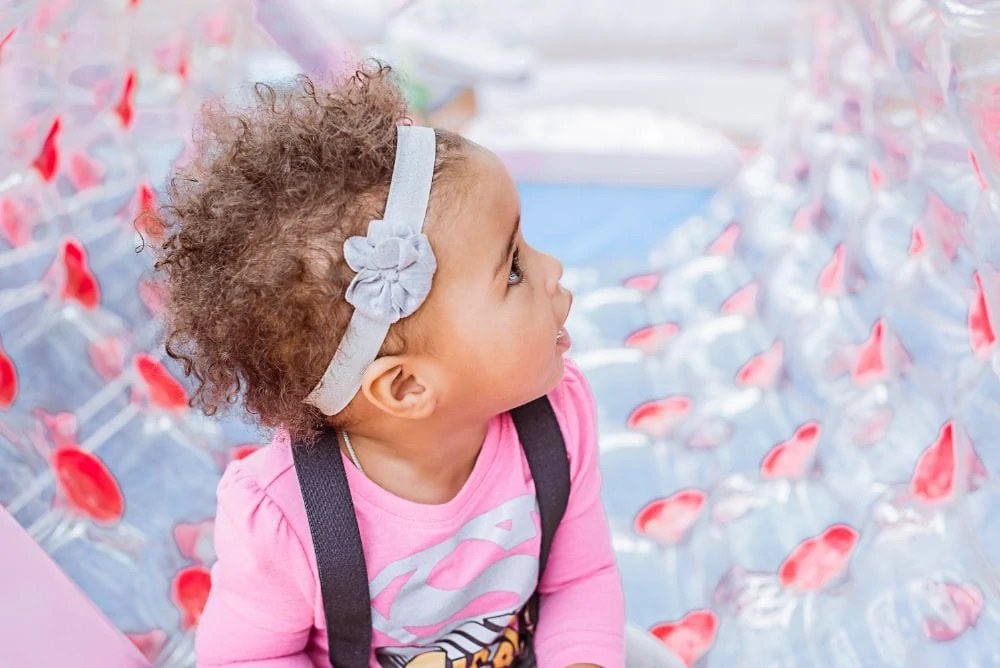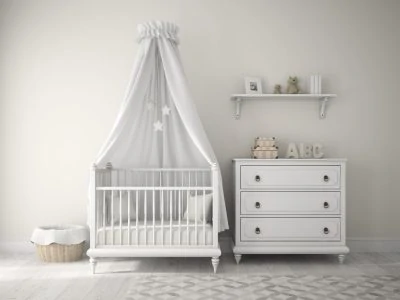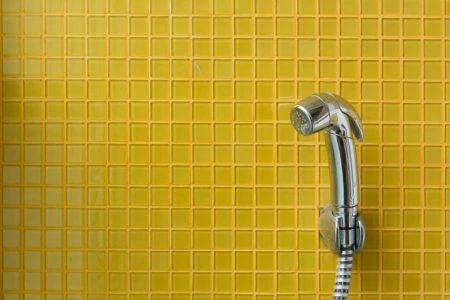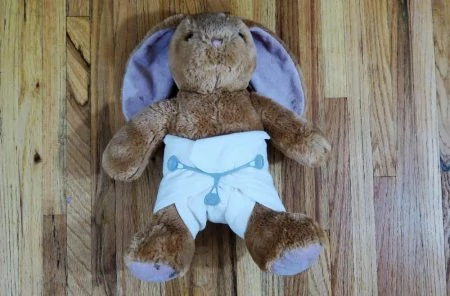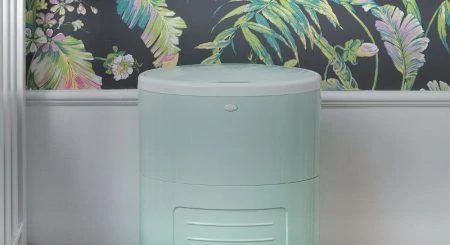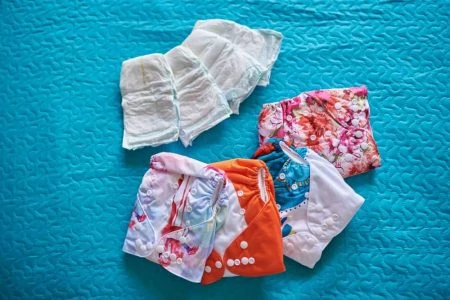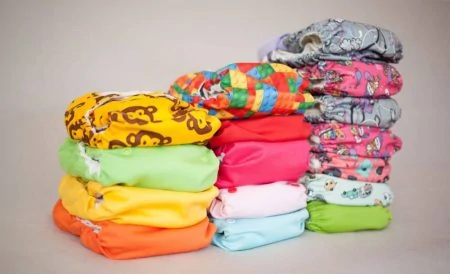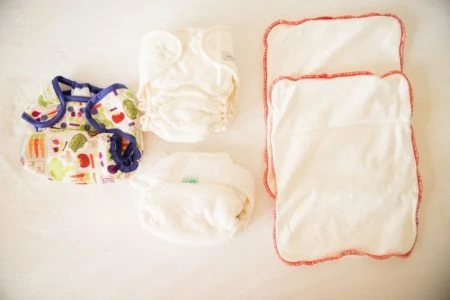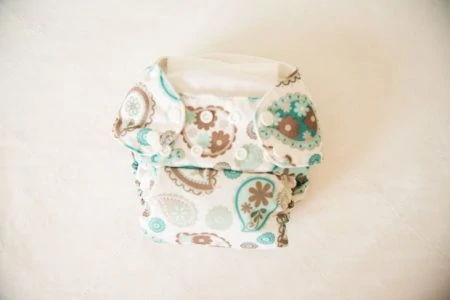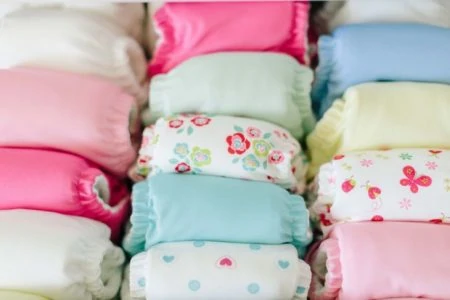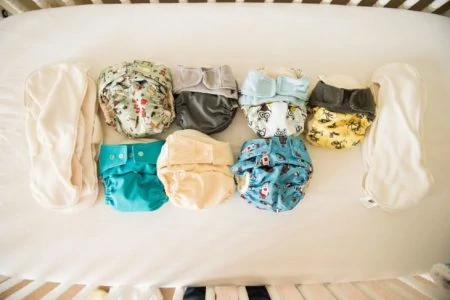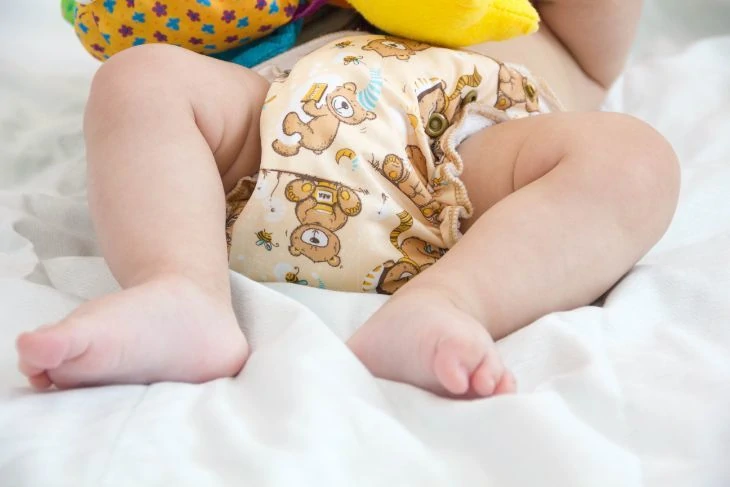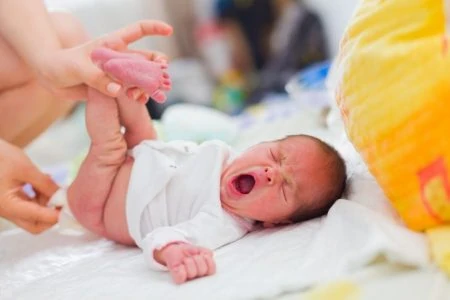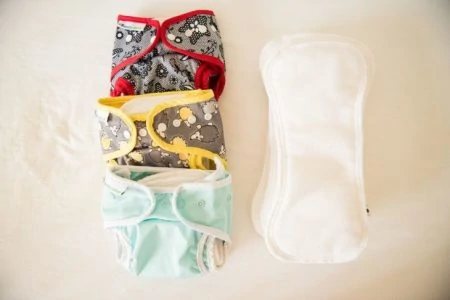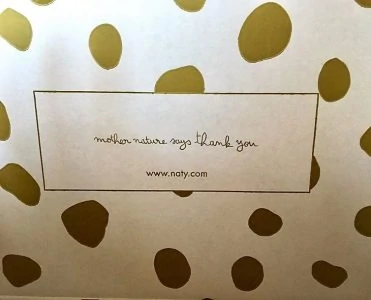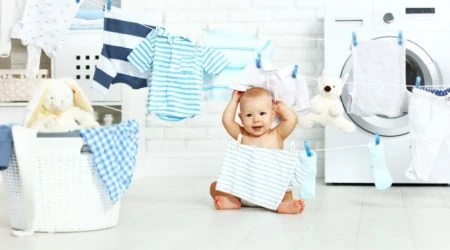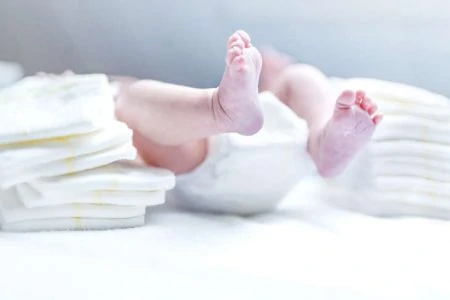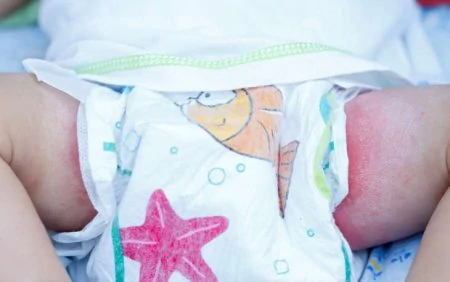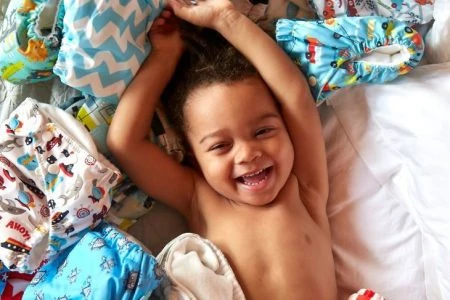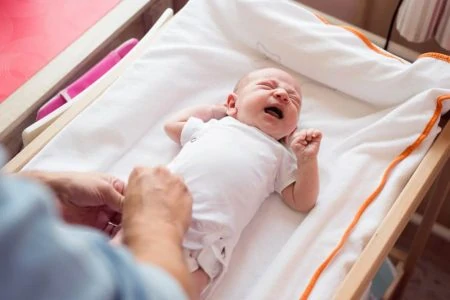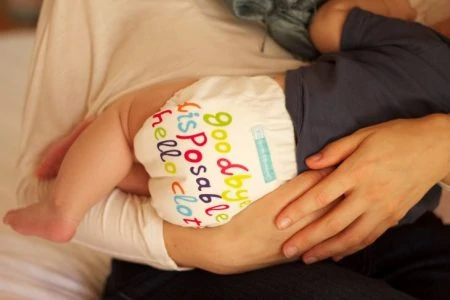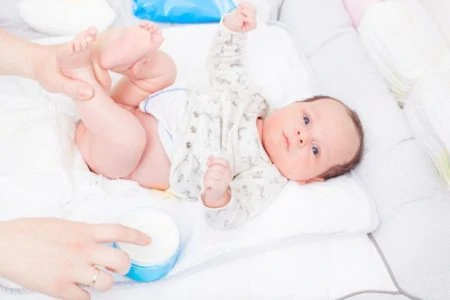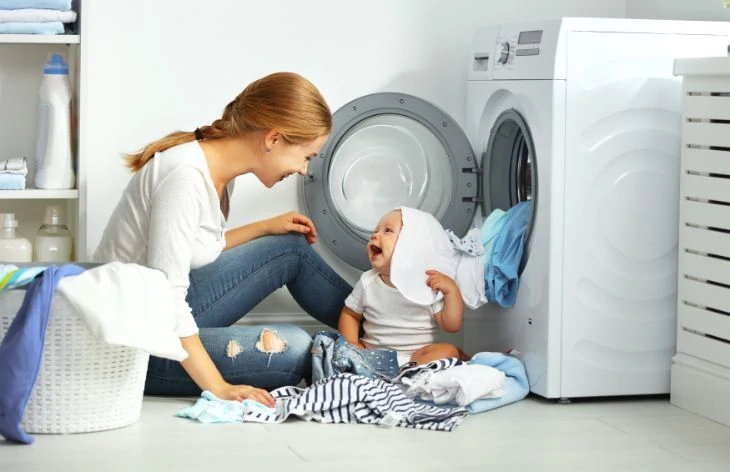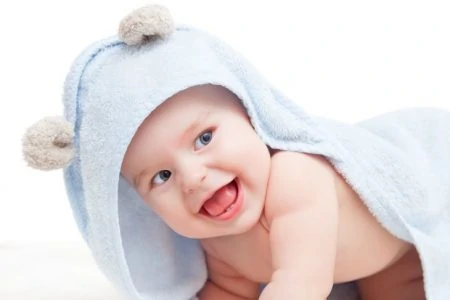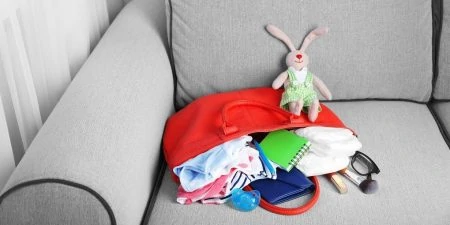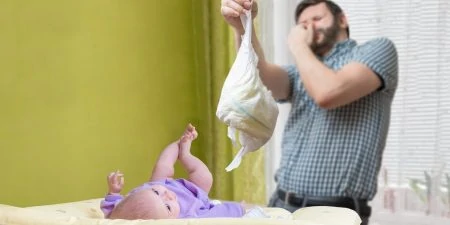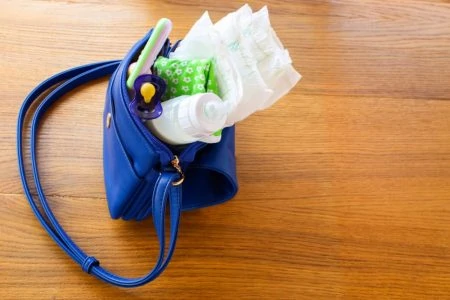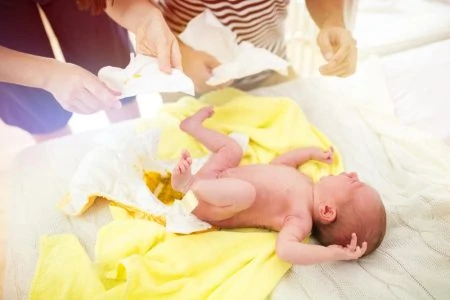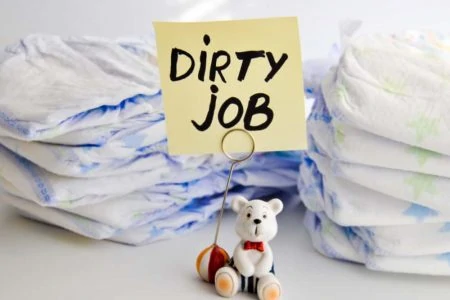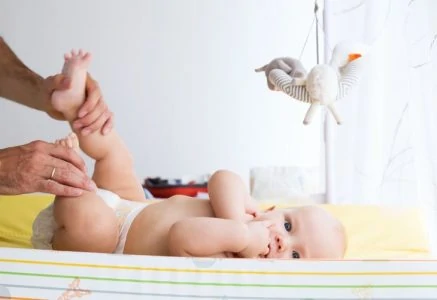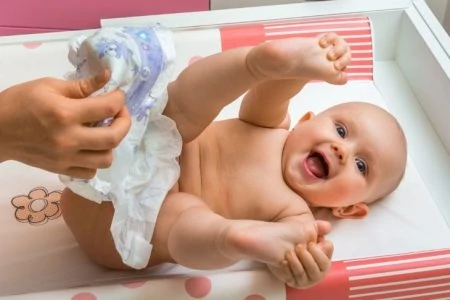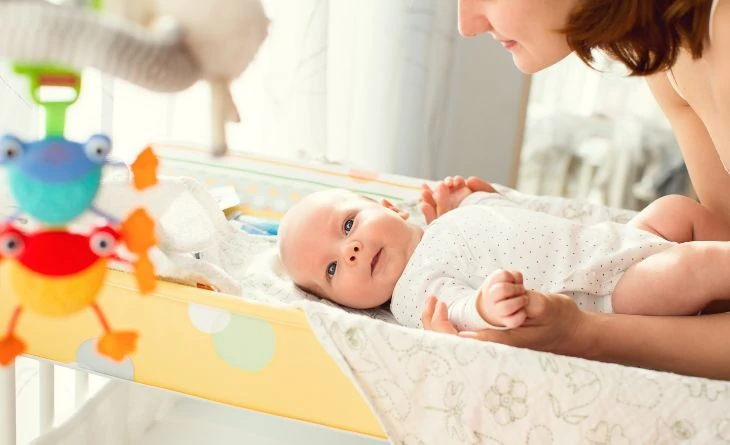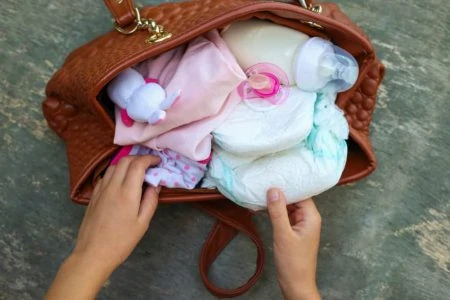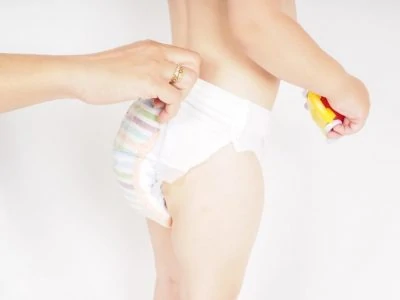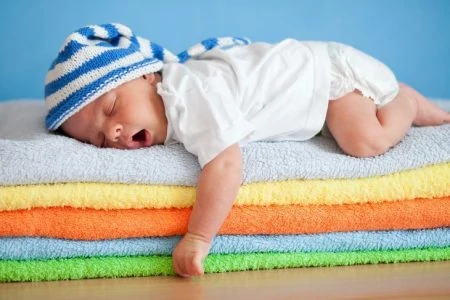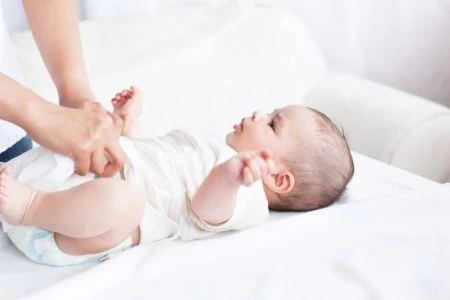Diapering can be one of the bigger expenses of early parenthood, and you’ll spend a lot of time changing your baby.
Cloth or Disposable Diapers?
Before you change that first diaper, give some thought as to whether you want to use cloth or disposable diapers. Cloth diapers are better for the environment and your bank account, but they do require more of an upfront investment than disposables do. But, as we all know, nothing beats the convenience of disposable diapers.
If you decide to use cloth diapers, you’ll want to attach a sprayer hose in your bathroom. It’s quick and easy to do and will make clean up much easier.
There is no right or wrong answer here. Look at your values, check out how cloth diapers are so much better than they used to be and consider your lifestyle before making your choice.
What You’ll Need for Diapering
You’re going to need to have a few things on hand before that first diaper change, including:
- Cloth diapers or disposable diapers.
- A changing pad or changing table — that will protect your floors or regular furniture.
- Diaper cream or ointment.
- A diaper pail to contain the smell.
- Baby wipes — either store-bought or homemade.
- A night light, for those middle-of-the-night changing sessions when you don’t want to blind yourself and your baby.
Make Sure You Have a Diaper Bag
The A diaper bag is an essential piece of gear for whenever you leave the house. It’s your portable diaper-changing station. Make sure your diaper bag has a changing pad in it that you can use in public restrooms.
Diaper bags can get filthy after a while. You might want to choose a dark-coloured one that doesn’t show the dirt as much, or find a machine washable one that you’ll be able to clean easily.
It’s a good idea for the diaper bag or diaper backpack to have lots of pockets so you can stay organized.
How to Change a Diaper
Grab all your supplies — we’re going to walk you through your baby’s first diaper change.
Here is how you’ll do it:
- Make sure all your supplies are within arm’s reach.
- Put your baby gently down on their back.
- Take off their clothing that is in the way of the diaper change.
- Remove the dirty diaper by pulling at the tabs on the sides.
- Lift your baby’s bottom up a bit so you can move the dirty diaper out from under them.
- Clean your baby’s bottom with a wet wipe, wiping from front to back for girls.
- Use ointment if needed for any diaper rash.
- Grab the new diaper and place it with the tabs down under their bottom. Place the front part of the diaper onto your baby’s stomach and fasten the sticky tabs onto that.
Paying Attention to Poop
When you’re changing your baby’s diaper, keep an eye on their stool. As gross as it sounds, you can tell a lot about your baby’s health by the color and consistency of their poop.
The first few poops your baby has can be quite alarming. It can look greenish-black and tarry, causing you to wonder if it’s normal. Don’t worry — it is.
Called meconium, this poop is made up of things your baby ingested in the uterus, like cells, mucus, and amniotic fluid.
If you’re breastfeeding, you can expect yellowish-green, creamy poop for your baby. It might look runny and even like diarrhea. You might even see little things in it that look like seeds.
This is all completely normal for breastfeeding poop. And as a bonus, it doesn’t smell bad.
If your baby is formula feeding, the poop will be more brownish in color and kind of like the consistency of peanut butter. It smells worse than breastfed baby poop.
Diaper Rash
It’s easy to tell when your child has a diaper rash. You’ll see redness and bumps in the diaper region. To take care of that rash as fast as possible, you can:
- Change diapers as soon as they are dirtied.
- Put ointment on the rash.
- Let your baby have some time without wearing a diaper to reduce the irritation.
Potty Training
When your baby is a toddler, they’ll be ready to start potty training. The biggest thing you’ll need for this is a bunch of patience.
It also helps to have pull up diapers and a child-sized training toilet. Let your child dictate when they’ll be ready to tackle this challenge. And remember not to punish them for any setbacks they have — they’re learning as they go along.
Clothes
Your baby will need to dress appropriately for the weather of the season. When you’re leaving the hospital, make sure they wear something that is suitable for the temperature, not just a cute outfit for going home in.
When dressing your baby, use this rule — they’ll be comfortable in one more layer than you will be. Ideally, you’ll have enough baby clothes so you won’t have to do laundry more than once or twice a week. It’s good to have spares in case they are any diarrhea blowouts or frequent leaks.
Make sure your child has an assortment of clothes and other essentials, such as:
- Short sleeve and legless baby onesies.
- Long sleeve onesies.
- Pants.
- Pajamas or sleep sack.
- Baby socks, even if they don’t stay on and they drive you crazy.
- Jacket or coat.
- Baby blankets.
- Crib sheets.
- Swaddling blankets.
- Burp cloths.
- Bibs.
When buying clothes, it’s a good idea to get them a little big. You’ll get more use out of them.
Laundry
Hopefully, you don’t mind doing laundry because you’re about to have a lot more of it to do each week. Babies go through a surprising amount of outfits, burp cloths, bibs, and bedding every week.
You may not want to use the same detergent for your baby as you would use for yourself. It may be too harsh for a baby’s gentle skin. Often, your paediatrician will recommend a baby-friendly formula, such as Dreft.
